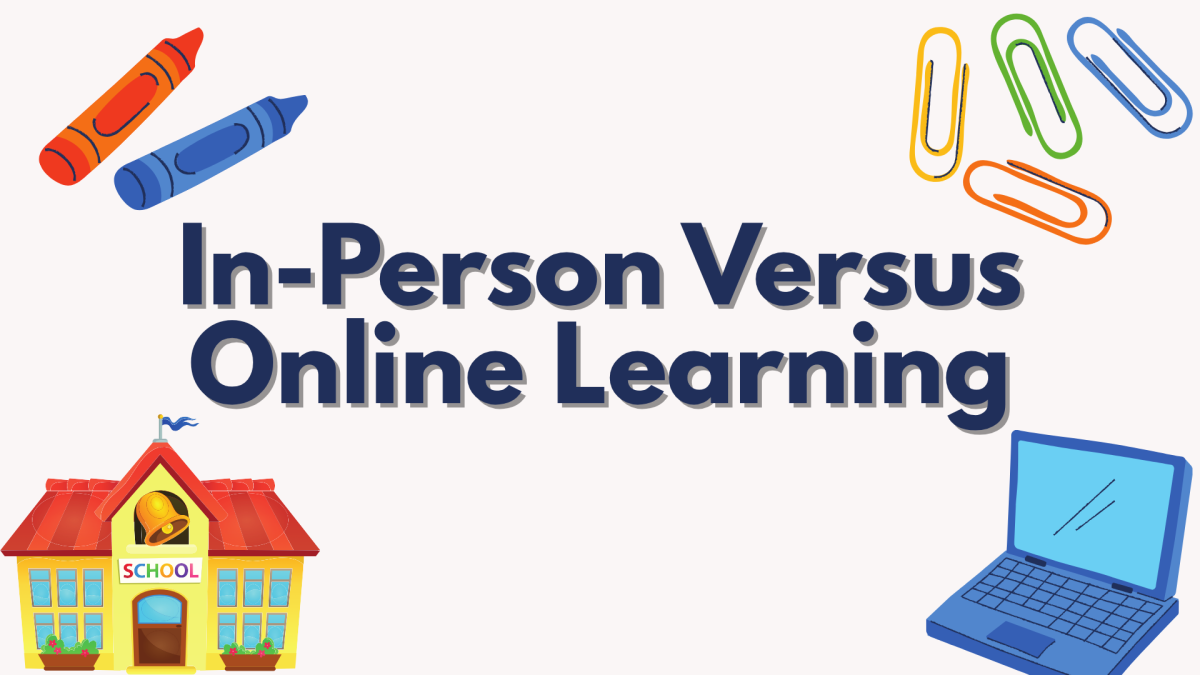Before technology evolved, cursive was the standard for handwriting and communication in general. All of the United States’ important founding documents including the Declaration of Independence, the Constitution and the Bill of Rights are in cursive. This writing style was used for practically everything: letters, notes, journals, checks, documents, etc.
Therefore cursive became the go-to for handwriting because ink pens were more efficient when the tip remained on the paper. It was introduced to schools around the 1850s. Then came along the typewriter, replacing handwriting, and eventually computers and smartphones.
Since then, the use of cursive has declined and is now primarily used for signatures. What if technology advances to the point where people prefer to use their fingerprint or a retina scan? Signatures and cursive would be left in the past.
While this may be our reality, many people still appreciate the sentimental value that handwriting has.
Nicholas Ball, a freshman at Huntington Beach High School (HBHS), recalled the feeling of receiving handwritten birthday cards from his grandma. He said, “Because it’s not the normal style of writing, it shows that they care.”
When it comes to students, cursive can help them handwrite more efficiently to upgrade their note-taking abilities.
“I think it is important to learn cursive… because it really helps your writing be condensed and combined,” said Bethany Fawcett, a freshman Honors English teacher.
She explained that it can be much quicker and has certain touches that add personality to the writing.
“…everyone’s cursive is a little bit different which I kind of like too,” Fawcett said.
Beth Lammers, a fellow Honors English teacher at HBHS, said, “Only recently have we kind of lost the art… of handwriting.”
Reflecting on it, Lammers said, “I feel like it’s such a loss because this is how humanity wrote for most of our history.”
Furthermore, a study was conducted by the National Library of Medicine to teach a foreign word to a group, half with writing and the other half with typing; it was found that people remember better when handwriting the word.
“I feel like handwriting helps me remember way better than typing,” said Charly Serrano, a sophomore student at HBHS.
When people write by hand, they have higher levels of electrical activity. The process engages the different parts of the brain including memory. Oxford Learning states there is an immediate connection between motor execution and comprehension.
To some people, cursive still has importance even with computers. Benefits like memory are too good to give up. Even if cursive fades away forever, those who find it important will still treasure it.








